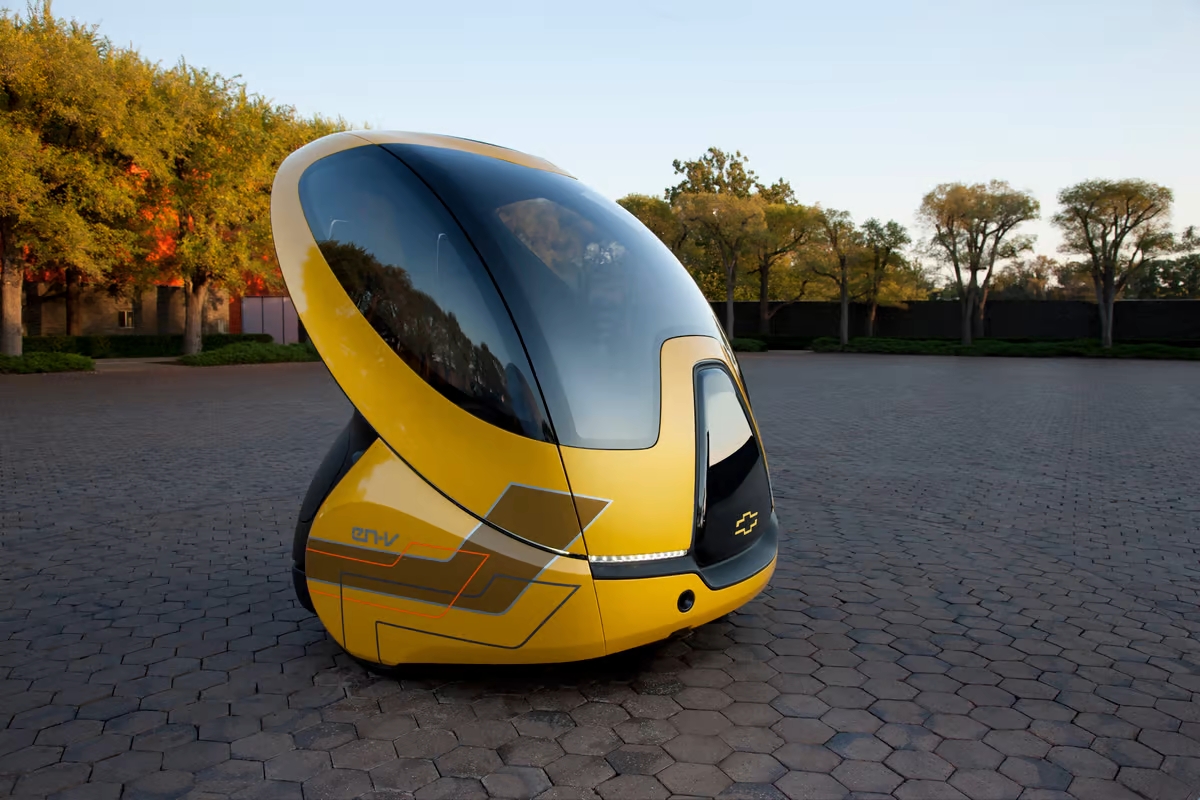Self-replication
If there’s one thing that scifi has taught us it’s that there’s no possible situation where giving things that can’t replicate the ability to do so is a good thing. Yet, against all our grey goo warnings, science has brought us one step closer.
The method relies on DNA’s ability to naturally organize and self-replicate, which researchers have used to control and reshape metal particles. By using this technique, researchers have succeeded in creating a totally synthetic, self-replicating system.
Biological DNA, as I’m sure we all remember, is based around a double-helix and a quaternary base system: adenine (A) pairs with thymine (T) and guanine (G) pairs with cytosine (C). For this demonstration, the scientists used a binary system A which pairs with A and B which pairs with B. However, they’re not limited to just two or four bases, and could theoretically include thousands of them. Not only that, but they also switched to BTX (bent triple helix molecules containing three DNA double helices).
The “seed word” — a seven letter long chain — was placed in a solution where it assembles the complementary tiles into a “daughter BTX array” to attach to the bases of the original. Heating the solution then separates the two, and the “daughter BTX array” goes on to create a “granddaughter BTX array”.
This is an entirely synthetic process, down to synthetic DNA being used.
Read more . . .
Bookmark this page for “self-replicating” and check back regularly as these articles update on a very frequent basis. The view is set to “news”. Try clicking on “video” and “2” for more articles.









